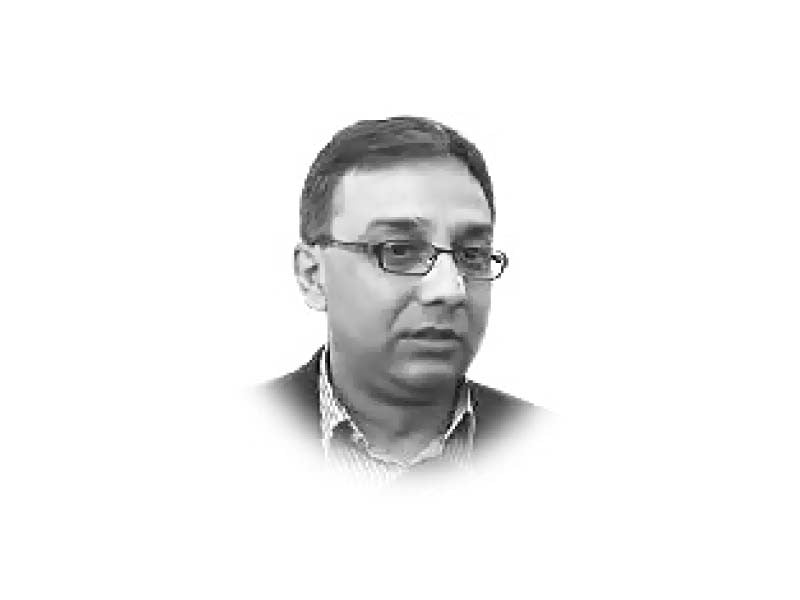
The Federal Foreign Minister has recently submitted the constitutional amendment bill for South Punjab, triggering debate over creation of more provinces in the country. Pakistan’s four provinces have 31 divisions — 9 in Punjab, 8 in Balochistan, 7 in Sindh and 7 in Khyber-Pakhtunkhwa. Besides, there are 3 divisions in Azad Kashmir and 3 in Gilgit-Baltistan, apart from Islamabad being the capital territory. Let’s take the case of Karachi to discuss the arguments in favour and against new provinces.
Brief history: On 23 July 1948, Karachi was given the status of Federal Capital Territory. In 1955, One Unit System was introduced merging four western provinces into a single unit i.e. West Pakistan. From 1 July 1961 to 1 July 1990, Karachi was part of West Pakistan. In 1970, One Unit Scheme was abolished, and Karachi was made the capital of Sindh. Karachi today comprises 7 districts namely, East, West, South, Centre, Korangi, Malir and Keamari.
Karachi has always had a federal flavour. Its dwellers mainly comprise Mohajirs — those who migrated from the British India after the partition. They were serving in top bureaucratic positions, being part of the ruling elite. The shifting of Federal Capital from Karachi to Islamabad in 1967 developed a sense of deprivation among its citizens. Introduction of Quota System and Linguistic Bill in 1972 resulted in breeding a sense of discrimination among its citizens. However, they refused to be exploited based on their ethnic identity — more a product of the urban-rural divide — till 1987.
Karachi as a new province: Karachi as a separate province is without doubt the most popular muted discussion based on right to rule, manage and utilise local resources. The argument in favour is mainly that the income generated from the city is spent elsewhere. The city’s education, once its hallmark, has deteriorated and so have other social sectors such as health, public transport and municipal services. The composition of Sindh Assembly, where the majority seats are from rural Sindh, adds to the sense of deprivation, and urban areas, especially Karachi, feel deprived. Karachiites feel cheated in census as their real population is undercounted so as to keep the number of provincial assembly seats from Karachi lower. As per the Census 2017, Karachi’s population is 16 million, whereas it is claimed that the figure is around 30 million — something that former president Asif Ali Zardari also acknowledged in the National Assembly on 31st October 2018. What does it mean? Even if resources are distributed as per the latest census, Karachi will remain deprived and short of funds.
Karachi, the capital of Sindh: Generating and contributing around 95% of Sindh’s total revenue, Karachi is the major lifeline of the province. Historically speaking, the city has an emotional, sentimental and cultural bond with Sindh dharti. A division of the province is seen as a division of the motherland. The elite class — comprising feudal lords, aristocrats, industrialists, factory owners, traders and landowners — prefer to reside in Karachi as no other city of the province has been developed like Karachi. The talk of a separate province is seen as a betrayal with the motherland. It is a fact that various communities living in Karachi, including Mohajirs, do not agree to a division of the province.
The Constitution of Pakistan allows the creation of new provinces. However, meeting the laid-down criteria is next to impossible. More so, in the current composition of the Sindh Assembly, it is highly unlikely that it can ever happen. In order to carve out a new province from any existing province, Article 239(4) of the Constitution makes it mandatory to muster a two-thirds majority in the concerned provincial assembly as well as a two-thirds majority in the parliament. Pakistan is a federation; there is thus the need to refrain from indulging in any debate for new provinces on the basis of ethnic, linguistic, regional or racial differences.
Empowered elected local government the way forward: A pragmatic way forward, within the constitutional framework, is to follow in letter and spirit Article 140A(1) of Constitution, which says: “Each Province shall, by law, establish a local government system and devolve political, administrative and financial responsibility and authority to the elected representatives of the local government.”
This will provide elected local government representatives their due share in power and authority for the resolution of daily problems facing the local people. Sadly, the tendency of the political class to keep in control of the affairs has over the years prevented the successive provincial governments to devolve their powers to the government’s third tier.
Article 7 of the Constitution states: “The State means the Federal Government, Majlis e Shoora (Parliament), a Provincial Government, a Provincial Assembly, and such local or other authorities in Pakistan as are by law empowered to impose any tax or cess.” This should be interpreted as constitutional recognition to the third tier as “the Local Government”.
Democracy cannot flourish in the country unless and until the common people enjoy a sense of participation in decision-making and the affairs of governance. A consensus must be developed amongst major political parties to ensure constitutional protection to the Local Governments as the State’s third tier — just as India did in 1992 through 73rd and 74th constitutional amendments. This will provide the elected local government representatives the much-needed sense of participation as well as an opportunity to serve their constituencies. If this is so, local issues will be prioritised. Also, the success of various political parties in general elections would depend on the performance of their local representatives — elected mayors, district chairpersons, union council chairpersons and councillors — which would be advantageous to the masses. Local leadership from lower and middle classes, workers, farmers, labourers and minorities will have an opportunity to serve local communities. These local representatives will then have first-hand knowledge and experience of problems facing common citizens; thus they will be better placed in future to legislate in the Parliament.
Conclusion: Discussing a provincial status for Karachi has also been a sensitive issue as it is feared to deepen an already existing ethnic division. However, we must not shy away from acknowledging that creation of new provinces for administrative purposes is the way forward. The State is responsible for the welfare of its citizens, and the most effective tier to ensure service delivery is an empowered third tier of government.
Published in The Express Tribune, April 1st, 2022.
Like Opinion & Editorial on Facebook, follow @ETOpEd on Twitter to receive all updates on all our daily pieces.














COMMENTS (6)
Comments are moderated and generally will be posted if they are on-topic and not abusive.
For more information, please see our Comments FAQ